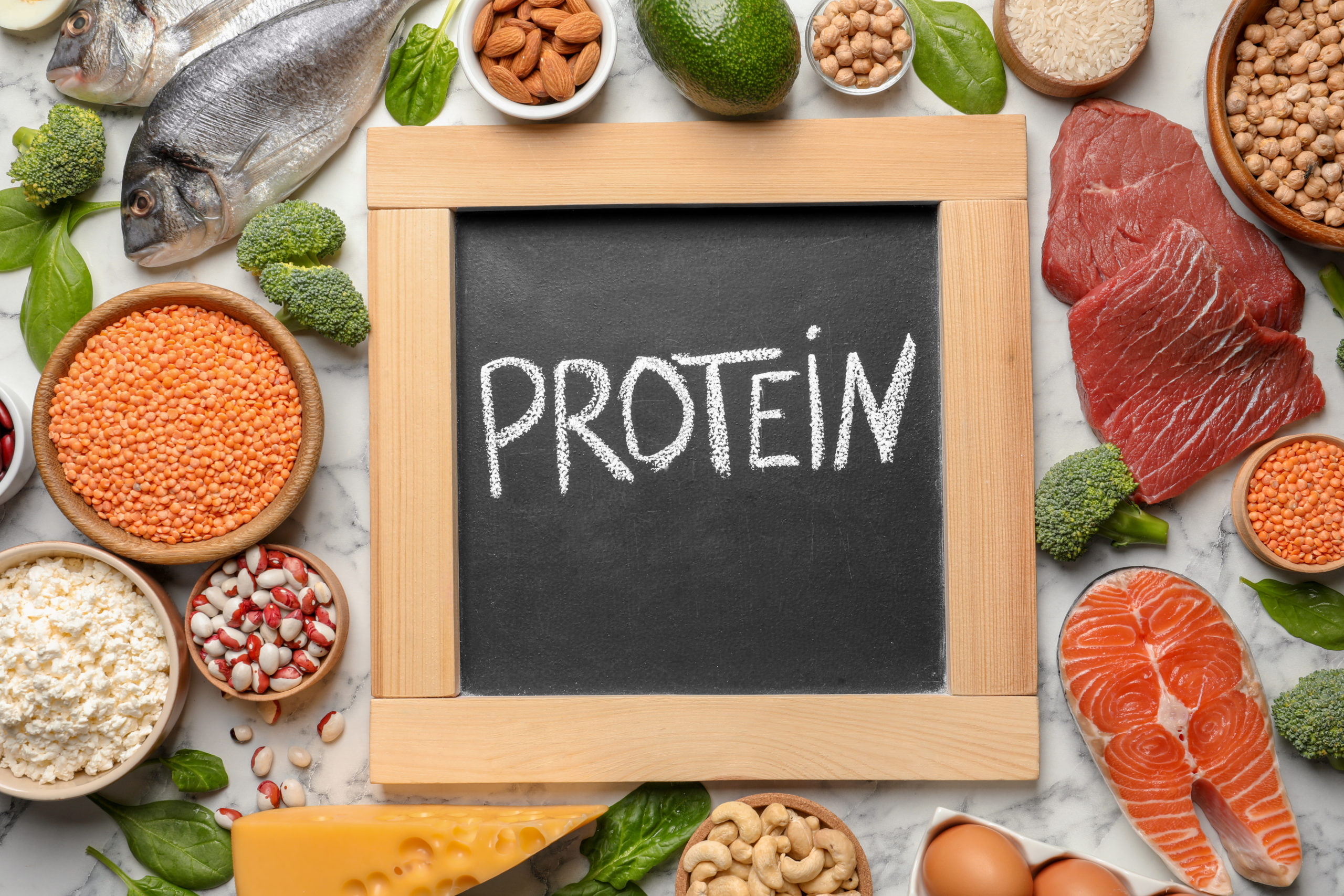For many bariatric patients the thought of going out to eat after surgery is intimidating and frightening. Thoughts of “I can’t eat anything on here”, “nothing on the menu is healthy” or “what if the way this is prepared makes me get sick” are all common concerns. Going out to dinner does not have to be something you dread, there just has to be a change in your mindset. Many day-to-day events and social activities revolve around going out to eat, so if it’s occasionally a part of your lifestyle that’s okay. We are going to help ease any anxiety that dining out brings by covering a few simple tips and tricks.
According to registered dietitian, Megan Moran, in her article “Dining Out Made Simple“, if you are specific with ordering, creative with portion sizes, and smart about your restaurant choice “you can regain the joy of dining out by following” these three painless tips.
Keep Things Specific and Simple
The first step is sticking to foods that you have tolerated post weight loss surgery. It is best to avoid trying new foods as “your favorite pre-weight loss surgery meals may no longer be tolerated, and you may not even like them [because your] tastes may have changed following surgery.” Now let’s think simplicity, your primary focus should be on a moist and soft protein that will be easy to digest. Good protein options include but are not limited to: boneless baked fish, dark chicken meat, beans, tofu-based dishes, and meats in soups. Here is Megan’s example of a properly ordered meal, “may I have a moist piece of fish: baked, not fried, and a side of steamed cauliflower with no added oils, butter, sugar, or salt.” While being specific may be intimidating, it is important to know exactly what you are eating. Most restaurants will accommodate your request and best of all, if they do fulfill your order you can frequent that restaurant knowing they adhere to your dietary needs.

Know Your Portion Size
With restaurant portion sizes continuing to increase in size, controlling and knowing the correct portion size for each food group is very important. The Bariatric Center of Kansas City’s registered dietitian, Annie Epp, says that “building the perfect plate at a restaurant would include 15-20g of protein equaling about 3oz (or a deck of cards), 1/3 cup of non-starchy vegetables, and no more than 1/3 cup of carbohydrates.” In order to achieve this “perfect plate” you can request a half portion of your meal for a reduced rate and if the restaurant seems hesitant offer to show them your special menu request cards and see if they will accommodate after that. If they choose not to grant your request, you could ask to be served half of the meal and have the remaining half boxed up. An additional option would be to share your meal with someone in your dinner party. No matter what option you choose, just focus on the correct portion size so you do not overeat.
Choose a Quality Restaurant
While some fast food restaurants may have smart choices and accommodate to your dietary needs, the best option is to select a restaurant that offers good quality food. Once you select a restaurant, it may ease some of that menu anxiety if you call ahead and ask if they will cater to your needs. In fact, Rick Sampson, President and CEO of New York State Restaurant Association, “encourages people to request smaller entrees or portions and emphasizes that customers should not feel obligated to explain why they need this request. Restaurants cater to individuals with other medical needs, such as heart disease and diabetes, so requesting needs in food preparation for weight loss surgery should be no different.”
Overall, by focusing on a simple protein-centric meal, understanding the proper portion size, and choosing an accommodating restaurant, dining out will become an enjoyable experience again. To summarize, our registered dietitian, Annie, lists a few basic tips surrounding the post weight loss surgery dining out experience.
- Focus on 15-20g of protein per meal (3oz = deck of cards)
- Eat 1/3 cup non-starchy vegetables with 2 of your 3 daily meals
- Green beans, asparagus, broccoli, cauliflower, brussels sprouts, etc.
- No more than 1/3 cup carbohydrate with 2 of your 3 daily meals
- Ask for salad dressing or sauce on the side
- Expect to need a to-go box
- Order foods that keep well since you will likely be taking it home (example: chili)
- Do not be afraid to ask for what you want or tolerate even if you do not see it on the menu- most restaurants are happy to accommodate you.
- Enjoy the experience and company of dining out and don’t just focus on the food
Moran, M. (2007). “Dining Out Made Simple.” Obesityhelp.com. Available at: http://www.obesityhelp.com/magazine/restaurantcard.html/mode,pcontent/cmsID,11385/ [Accessed 13 Sep. 2018]










